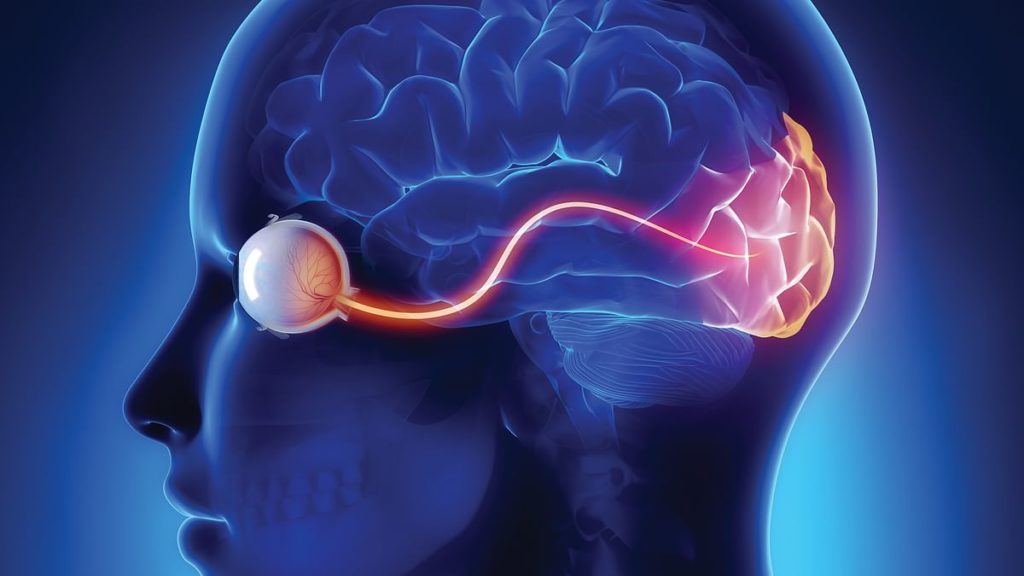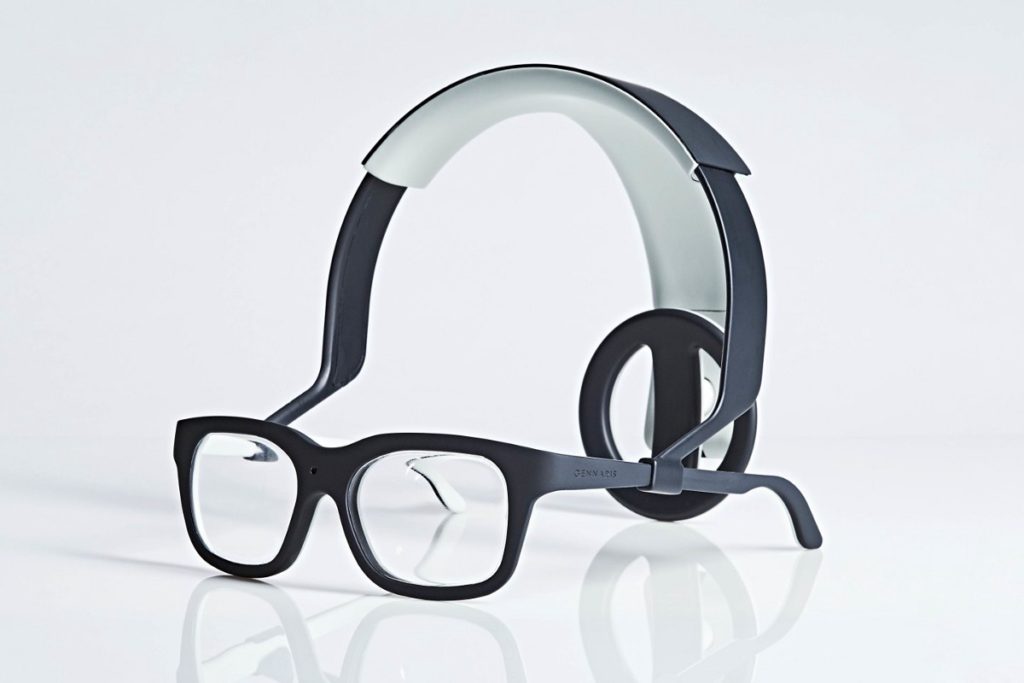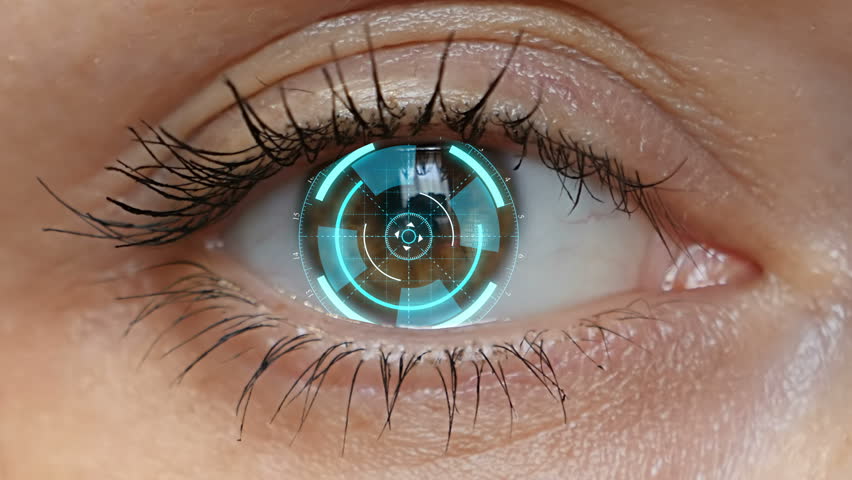“Ask a blind what darkness feels like?”
Oftentimes what we tend to take for granted means the whole world for someone else. There are almost 285 million visually impaired people in the world. Among which 39 million are completely blind. Of course, no one loves to be dependent on others for performing every simple task in their lives. Now, blindness will not be a hindrance in one’s life. Thanks to modern technology and medical science, for coming up with the concept of the World’s First Bionic Eye. But you might be wondering what is a bionic eye? Read along to know more!
Among the many novel ways discovered by researchers and scientists to restore vision, The Bionic Eye is considered to be the most effective one. Visual impairment is common suffering that is found in today’s world. With the advancement in science and technology and a whole decade of research and trials, scientists are finally up with an artificial vision for the blinds. After the invention of Neuralink, and now the artificial vision system, the coming future seems brighter and healthier.
Here is everything you need to know about a Bionic Eye and how it works? AI, Robotics and automation will now rule the world of health and medicine. Also, for all those thinking, Is bionic eye real, get all your questions answered here! To make it simple for you, we have explained the working of a normal human eye and compared it with the working of the Bionic eye, so that you get to know the process better.
With the evolution of the internet from web 1.0 to web 3.0, the world had seen so many changes impacting virtual reality and advancements. Let’s feed you with all the necessary information regarding the Bionic Eye, one such miracle technological invention so far. So, keep reading…
What Is A Bionic Eye?

The Hollywood and cinematic world has been full of animations and futuristic technological approaches and examples for this. You must have seen the Bionic Eye of Robocop. Yes, the one that allows him to see irrespective of his blindness.
Though we haven’t reached the same level of technological advancements yet, the recent invention of the Bionic Eye seems to be quite bucking up the race.
Researchers and scientists for long have been trying to restore vision for all the visually impaired and fortunately, the news of its success is catching the eyes.
Monash University seems to have found an incredible invention in the medical and technological fields. The researchers there have developed a Gennaris Bionic Vision System.
The Gennaris Bionic Vision System or simply the Bionic Eye is a ray of hope for blind people who have damaged optic nerves. The damaged optic nerves restrict the transmission of visual data to reach the retina of the eye and pass signals to the brain.
In a nutshell, the bionic eye developed by the team at Monash University can bypass these damaged optic nerves by creating an artificial vision to travel through the retina and then to the visual cortex of the brain.
Also, check out the inventions in the food and health care section. Learn How Robotics and Automation Change Our Food?
Before this invention, there have been so many tried and tested models that failed to bring back the lost vision. This is the reason why the success of Bionic Eye will be considered no less than a miracle in itself!
As reported by the researchers, the Bionic Eye will not restore the vision completely, instead, it will form a highly pixelated image for someone who’s blind to help him/her find his/her own way out through the darkness.
Now that you know what is a Bionic Eye, let’s have a deeper look at how the bionic eye works!
Understanding The Working Of A Human Eye

Since childhood, we have been taught about the basic functioning of the human eye. To understand it in layman language, the human eye works by catching light signals.
When the rays of light reflected by any source or object reach our eyes, the signals are collected by the photoreceptors present inside the eye. These photoreceptors then pass those rays to the retina and then to the optic nerves of the brain to form the actual image of the object. This is how we get to see the bright world outside!
How The Bionic Eye Works?

The Bionic Eye works similarly to the human eyes. It gathers pictures from the cameras equipped with glasses that blind people can wear. The camera is tiny as it is specially designed to fit on the glass frame. The model of the Bionic eye is also developed with a futuristic approach.
The device is kept pretty cool to suit every age group, somewhat similar to Apple Air Glasses.
Components of Bionic Eye:
The device consists of headgear connected to special glasses that have an embedded camera in place of the glass lens.
The camera instantly captures whatever the person wearing it looks at. The image is then sent to a tiny electronic chip (microprocessor fitted in the artificial eye). The job of the microprocessors is to transform the image information into a digital signal and then transmit it to the receiver.
It transmits signals via tiny cables to an electrode panel that is implanted by doctors on the back of the eye, also known as the retina. Electrode panel produces pulses that traverse the optic nerve and reach the brain.
Even if the optic nerve in a blind person is damaged, by employing certain devices the bypassing of the light signals to the optic nerves of the brain can be made possible, like in the case of the Bionic eye.
Once the signal is received by the brain, the brain begins decoding the signal and can discern the subject. This process happens so quickly that we are able to see similar to the human eyes.
Also, have a look at the World’s First Bionic Eye and get a closer look at its components, working, and price!
So, if you take an example of a bouncing ball. A person with normal vision would see a ball, whereas, a person wearing the bionic eye headset will see the highly pixelated image in the form of a circle.
As smooth as the design of the device looks from the outside, it’s was as difficult to be created. As the scientists had to make sure that the implants in front of the eye, and the headgear were biomechanically comfortable and smooth enough to process the transmissions effectively.
The first trial of this device was made on a sheep, just like Dolly the sheep (remember the first mammal to be cloned from the human cell?) Positive test trials have resulted in the effective working of this bionic eye system when tested on sheep. The device tiles were inserted for about 200 hours into the sheep’s brain, which showed positive results, giving the scientists and researchers a step forward to test the product on humans as well.
Though the whole gadget looks just like any other headgear, it took almost a decade to complete the making and trials of this device. But the good news is that it’s the World’s first Bionic Eye to have come up with a high percentage of effectiveness in near future.
Existing Bionic Eye System

There’s an existing bionic eye device that was designed by the California company, Second Sight. It is called “Argus II Retinal Prosthesis Systems”. The good thing is that it is approved by the FDA in the United States.
A “Retinal Prosthesis” is a medical implant that can partially improve the quality of vision for patients who have lost sight due to this illness. Based on a study, in every 5,000 people, there is one who suffers from this disease.
Argus II Retinal Prosthesis System is used to transmit signals to the brain via the retinal implant that is used for blind people. It is equipped with an in-built video camera, the data that is wirelessly transmitted onto a computer device.
This converts the information into electronic signals and the signals are sent to electrodes, which create impulses that are interpreted by the brain. A blind person can see as an ordinary human being with the help of this device. Though the vision may not be fully complete.
Just like visual impairment, there are many brain disorders that the world is suffering from. Understand the concept by reading What Is Neuralink? Everything You Need To Know!!
Limitations Of Bionic Eye
Technologies are not always meant to score 10/10. They do come with certain limitations along with the benefits. As for the bionic eye, here are the possibly considered limitations:
- It’s time to think about the price of Bionic Eye. If you were to purchase one pair of eye it will cost close to $30,000 which is an affordable amount for the person who is affected.
- The type of eye disease can be treated with this approach, and it may not help patients suffering from glaucoma and primarily it helps those suffering from the retinitis pigmentosa.
- A synthetic replacement for the human body is a dangerous job as it could result in death or serious issues could arise.
- It’s known that it’s not a human eye it’s a bionic eye, therefore the one that is affected will not be able to achieve the perfect vision.
Wrapping Up:
Hats off to the medical, technical, and scientific teams involved in this achievement. Finally, the world will be able to provide artificial vision to the visually impaired. Hopefully, this made clear what is a Bionic Eye, and how it works!
May we get to see so many other AI advancements to make human lives better and easier like some already in progress. Have you heard about the Neuralink, a chip that goes directly into the human brain to cure neurological disorders?
Well, let’s hope in the coming years, every disease has a cure by the medical and technical sciences.
Frequently Asked Questions:
Q. Can An Eye Be Replaced?
No, there’s no such way to transplant the whole eye in humans. Although, parts of the eyes, like the cornea, can be implanted in patients with visual disorders.
Q. Do Artificial Eyes Exist?
Yes, with the advancement in science and technology, artificial eyes do exist, like bionic eyes. There has been another 3D eye creation by scientists which is believed to be better than the bionic eyes, known as spherical eyes with 3D retina.

